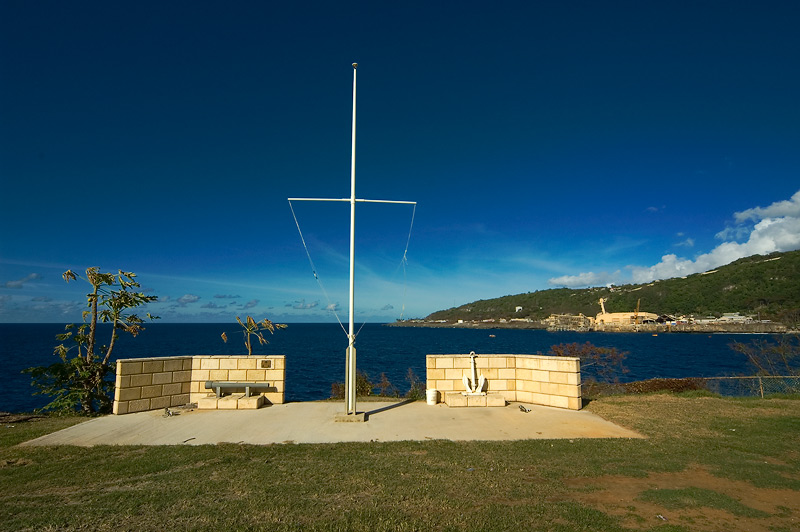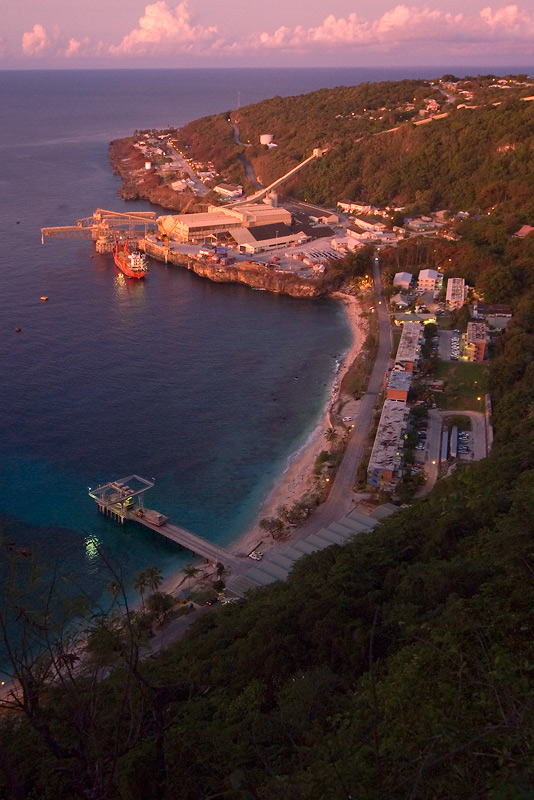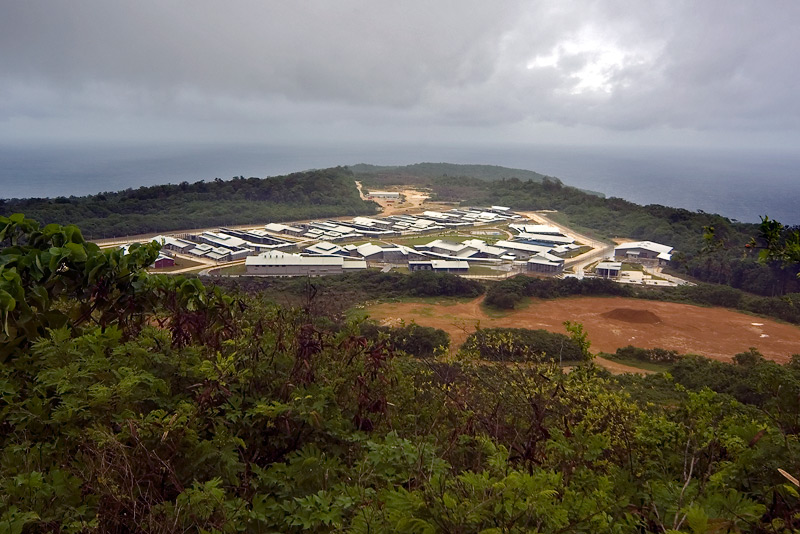|
|
|
|
|
D i s c o v e r y - & - S e t t l e m e n t |
|
|
|
|
|
| |
|
|
| |
For centuries, Christmas Island's isolation and rugged coastline provided natural barriers to settlement, deterring early explorers from going ashore.
British and Dutch navigators in the early seventeenth century included the island on their charts, but never set foot on it.
The island was named by Captain William Mynors of the East India Ship Company when he arrived at the island on Christmas Day in 1643. He was unable to land, however, and it was not until 1688 that Captain William Dampier, on the British ship Cygnet, landed on the West Coast of the island. Actually, it was two of Captain Dampier's crewmen who were the first recorded people to set foot on the Island. From 1827, the Clunies-Ross brothers from the neighbouring Cocos-Keeling Islands (900 kilometres to the southwest) made regular visits to Christmas Island to source for timber and soil for the growing industry on Cocos. A semi-permanent base was established in Flying Fish Cove, wells were constructed and fruit trees planted. |
|
| |
|
|
| |
 |
|
| |
Smith Point |
|
| |
|
|
| |
From 1872 to 1876, a British naturalist, Dr John Murray, carried out extensive surveys in the Indonesian Archipelago and postulated that Christmas Island would be a likely source of high grade phosphate. This postulation was subsequently confirmed in 1887. At his urging the British Admiralty annexed the island on 6 June 1888. Mineral mining rights were subsequently issued and phosphate extraction became the impetus for Christmas Island's development. Shipments of phosphate began to be exported in 1895, and by 1897 Clunies-Ross and Murray had formed the Christmas Island Phosphate Company. |
|
| |
|
|
| |
 |
|
| |
Flying Fish Cove |
|
| |
|
|
| |
As there was no indigenous human population on the island, a work force had to be imported. The first contingent of 200 Chinese labourers, eight European management personnel and five Sikh policemen was bought to the island in 1898. Despite difficult working conditions and the prevalence of the vitamin deficiency disease Beriberi, the first major shipment of phosphate left the island in 1900. The mining operation reaped profits until World War II. For a short time after World War II, Christmas Island came under the jurisdiction of the colony of Singapore. In 1948 the mining lease was taken over by the Australian and New Zealand Governments in partnership with the British Phosphate Commissioners. From 1949 to 1958 a massive expansion program led to the recruitment of male workers from Cocos, Malaysia and Singapore, who brought with them their wives and families. For the first time in the island's history a permanent population began to evolve. In 1957 the Australian government acquired Christmas Island from Singapore for a price of 2.9 million pounds. It officially became an Australian territory on 1 October 1958.
|
|
| |
|
|
| |
 |
|
| |
Detention Center |
|
| |
|
|
| |
Today there are approximately 1500 people living on the Island, although the population fluctuates depending on what work projects are on at any given time. In addition to the civic center and port, there are a number of residential townships in which people live on the island. These namely are
The Kampong at Flying Fish Cove where majority of Malays live, Poon Saan where many Chinese families live, Silver City where a mixture of Chinese, Malays and European live, Drumsite where most European and Chinese mine employees live, and the Settlement where the commercial business and shops are located. |
|
| |
|
|
| |
|
|
| |
|
|
| |
|
|
|
|
|
|


